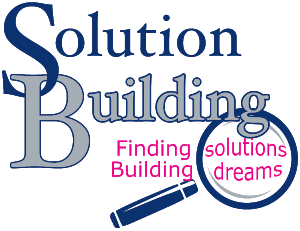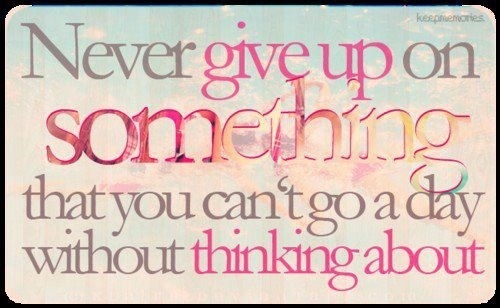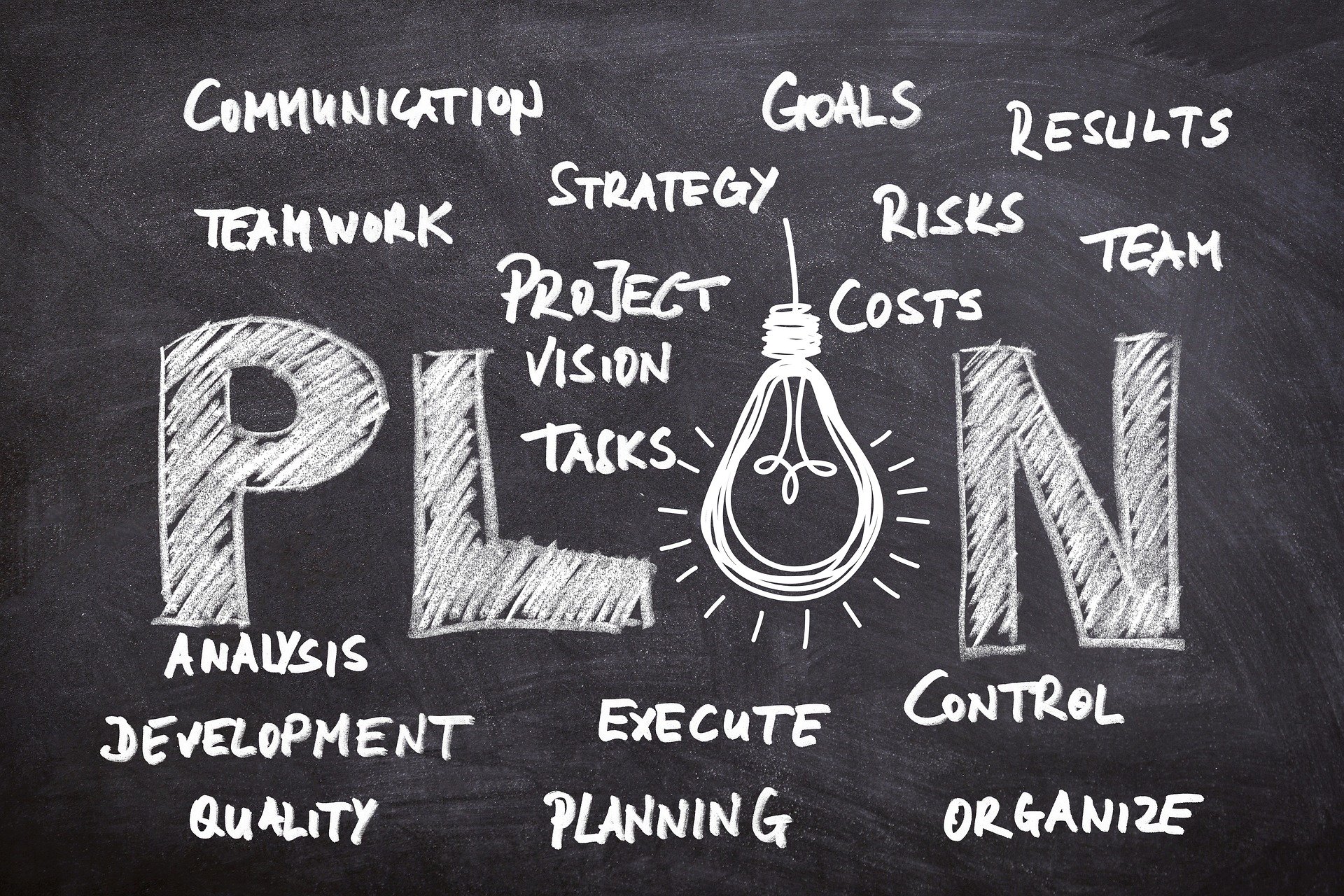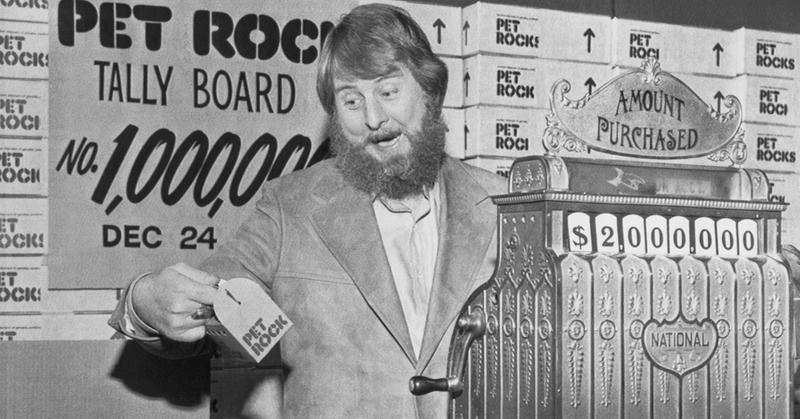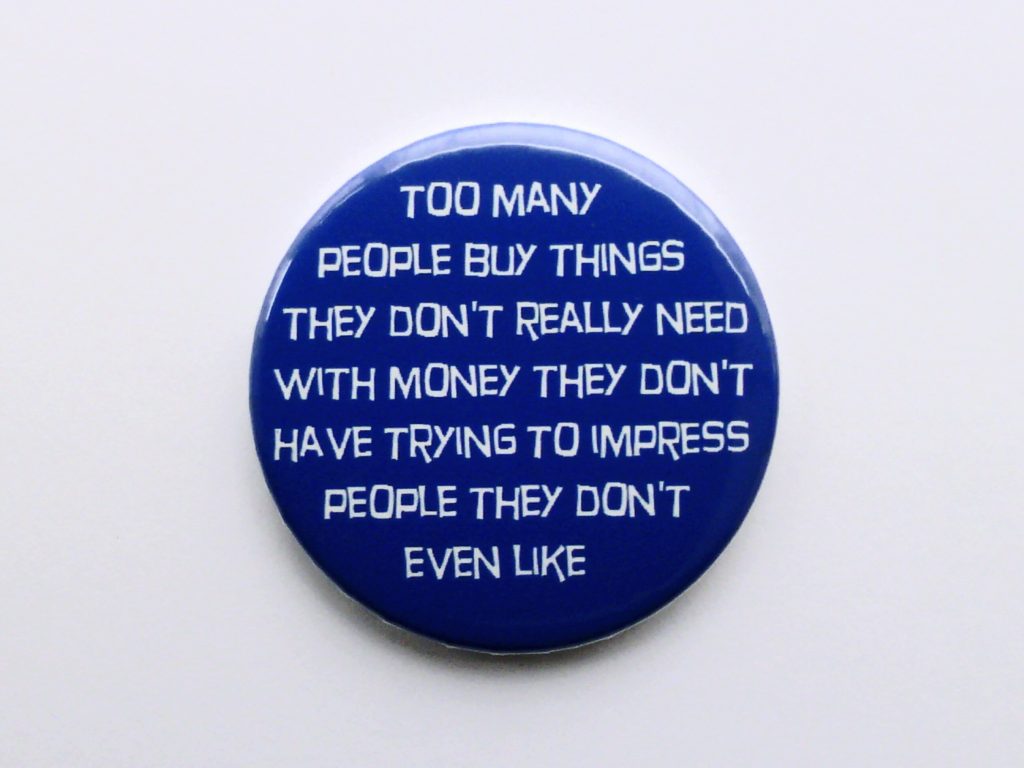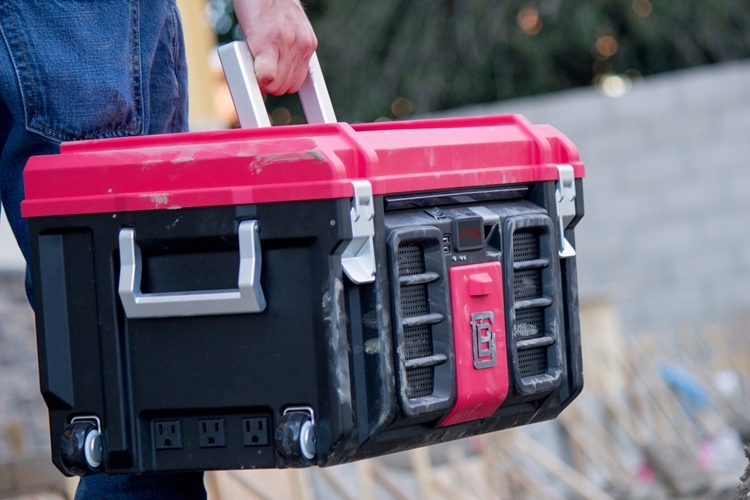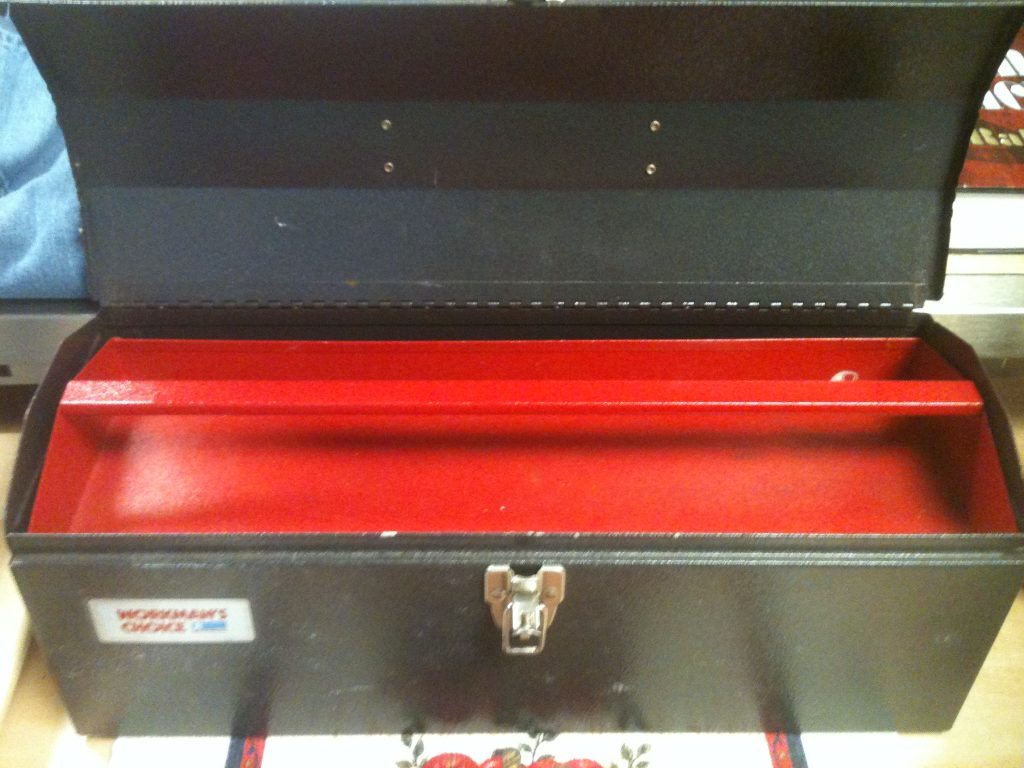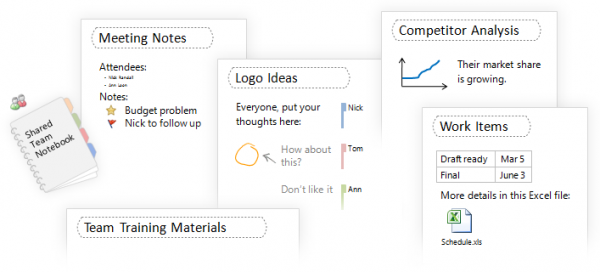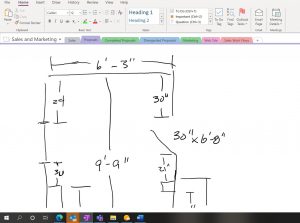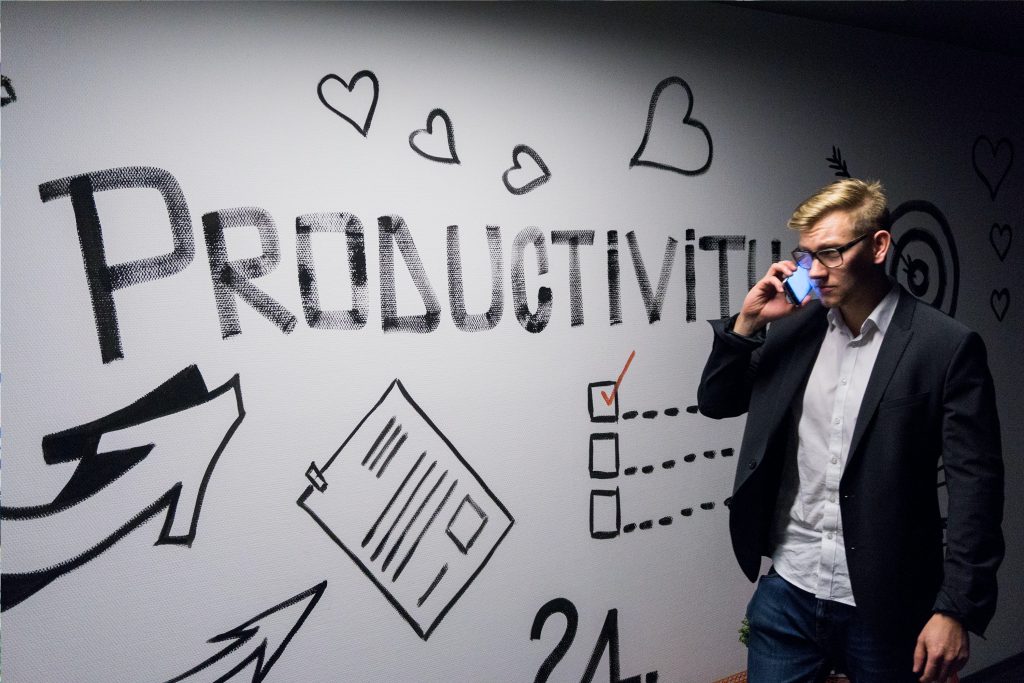Finding Our Balance as We Walk This Tightrope Called Business
As we celebrate our country’s independence on this coming Monday, we need to stop and give thought to what this day means.
John Adams wrote this to his wife,
“This will be the most memorable epoch in the history of America. I am apt to believe that it will be celebrated by succeeding generations as the great anniversary festival. It ought to be commemorated as the day of deliverance, by solemn acts of devotion to God Almighty. It ought to be solemnized with pomp and parade, with shows, games, sports, guns, bells, bonfires, and illuminations, from one end of this continent to the other, from this time forward forever more.”
We need to remember that this is so much more than just fireworks, parades and barbecues.

One thing to remember is, this independence wasn’t achieved by one person. There were multiple people involved in getting this accomplished. This fine line of separation and collaboration is a tough thing to stay balanced on.
This independent perspective is important, but not the only one.
We are all part of something bigger than just ourselves.
In 1 Corinthians 12:12-27, we are told that our bodies are made up of many parts. “A body isn’t really a body, unless there is more than one part. It takes many parts to make a single body. That’s why the eyes cannot say they don’t need the hands. That’s also why the head cannot say it doesn’t need the feet. God put our bodies together in such a way that even the parts that seem the least important are valuable. He did this to make all parts of the body work together smoothly, with each part caring about the others.”
The same thing is true in business.
As we approach different situations, we usually consider them from our own perspective. This is only natural because we’re all made in our own specific, separate way.
It’s important to know who we are, where our strengths lie, what we’re good at doing. This is how we’re made and what we’re made to do.

I know that I have a pretty strong opinion about how I want things done in my business. More times than not, this leads to my “get out of my way and I’ll do it myself” attitude.
Trust me…this isn’t the way God designed things to work.
This is not a very good business plan. I need to work on balancing my skills with the skills of others to build a stronger and more productive business.
Balancing independence and delegation is a fine line, but if I don’t, I’m likely to lose my balance and fall off the tightrope.
Remember the reason we’re celebrating and the cost to our independence as you watch the fireworks.

